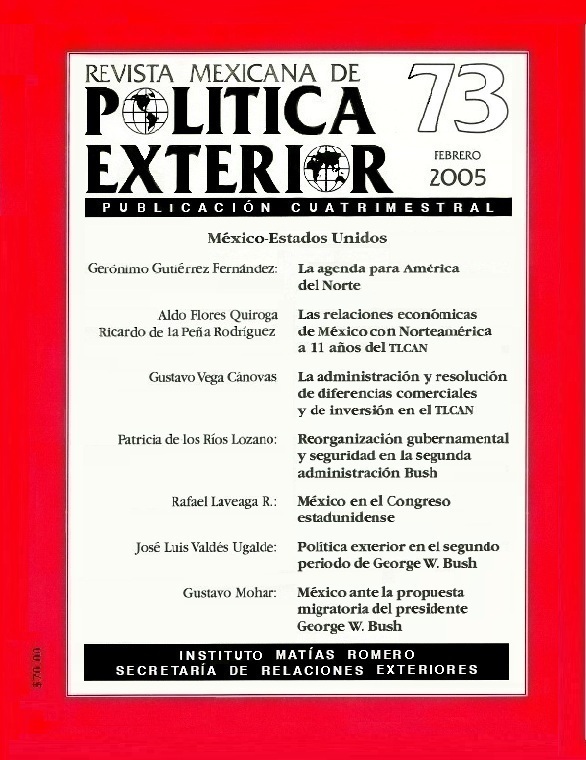The Management and Resolution of Trade and Investment Differences in the North American Region during the First Decade of NAFTA
Main Article Content
Abstract
In this article, Gustavo Vega Cánovas analyzes and assesses the performance of institutional procedures for the management and resolution of trade and investment differences during the first decade of NAFTA’s implementation. Designed to improve economic relations between Mexico, Canada and the United States, the author takes us back to the criteria used by the three countries to negotiate these institutional mechanisms, underlining the set of principles, standards and rules that the countries agreed to respect and which are set forth in Chapters 20, 19 and 11 of NAFTA. The author then goes on to analyze the fundamental functions of these chapters and determine how efficient these have proven in light of the innumerable concrete differences the three countries have experienced throughout the first decade of NAFTA in the areas of trade and investment. He concludes that the mechanisms negotiated within the framework of NAFTA have been successful to a considerable extent, but that they also have limitations when it comes to facilitating economic relations between the three nations. Finally, he suggests changes that could be made to these mechanisms, with a view to improving their effectiveness and providing the confidence needed to capitalize on relations between Canada, Mexico and the United States.

